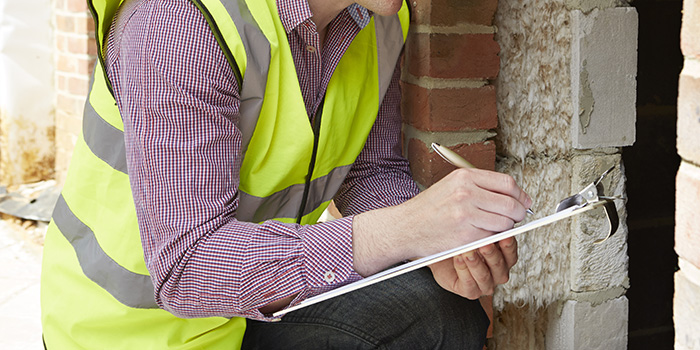There is often a lot of confusion amongst homeowners about whether you need environmental permits for drainage systems. In this blog, we’ll try to clear up that confusion, informing you whether your septic tank needs a permit and how to apply.
Do I Need An Environmental Permit For My Drainage System?
Sadly, this isn’t a straightforward yes or no answer. There are a number of factors that determine whether you need environmental permits for drainage systems. We’ll run through some of them below.
General Binding Rules
First things first, if you have a septic tank or sewage treatment plant installed, then you must, by law, comply with the General Binding Rules. These are essentially a set of rules that ensure the safe operation of septic tanks across the UK. You can read more on the General Binding Rules here.
If you are complying with the General Binding Rules then most people would not need an environmental permit for your septic tank. There are however some exceptions to this.
Groundwater Source Protection Zone (SPZ1)
Even if you comply with the General Binding Rules, if you live in a Groundwater Source Protection Zone 1 (SPZ1) then you will need an environmental permit for your septic tank or sewage treatment plant.
An SPZ1 can be either:
- The area around a commercial water supply.
- Any area within 50 metres of a private water supply for human consumption. For example, wells or boreholes.
Head over to the Environment Agency website to find out more about Groundwater Protection Zones.
Releasing Discharge to The Ground or Surface Water
As stated in the General Binding Rules, you must not drain untreated effluent to an open water course or directly to the ground. Instead, you must use a septic tank or sewage treatment plant alongside a drainage field.
If you are discharging liquid effluent into surface water or the ground then You may need an environmental permit if you are draining effluent into the following:
- Surface waters, e.g., rivers, streams, canals, lakes, estuaries or coastal waters.
- The ground, e.g., discharging treated sewage effluent to ground via an infiltration system.
You may also require a permit depending on the amount of effluent you release daily. You can find out more about this at gov.uk.
How Do I Apply For An Environmental Permit?
You can apply for an environmental permit for your drainage system on the gov.uk website.
Applications can take up to 13 weeks, therefore, it’s best to apply as early as possible to avoid non compliance.
You can also get help with your application from the Environment Agency.
Environmental permits for drainage systems can be complex, and, if you don’t meet the requirements you can face serious consequences. Therefore, if you are unsure whether you need a permit for your septic tank or sewage treatment system, it’s always best to check with the Environment Agency to avoid non compliance and ensure the safe operation of your drainage system.
